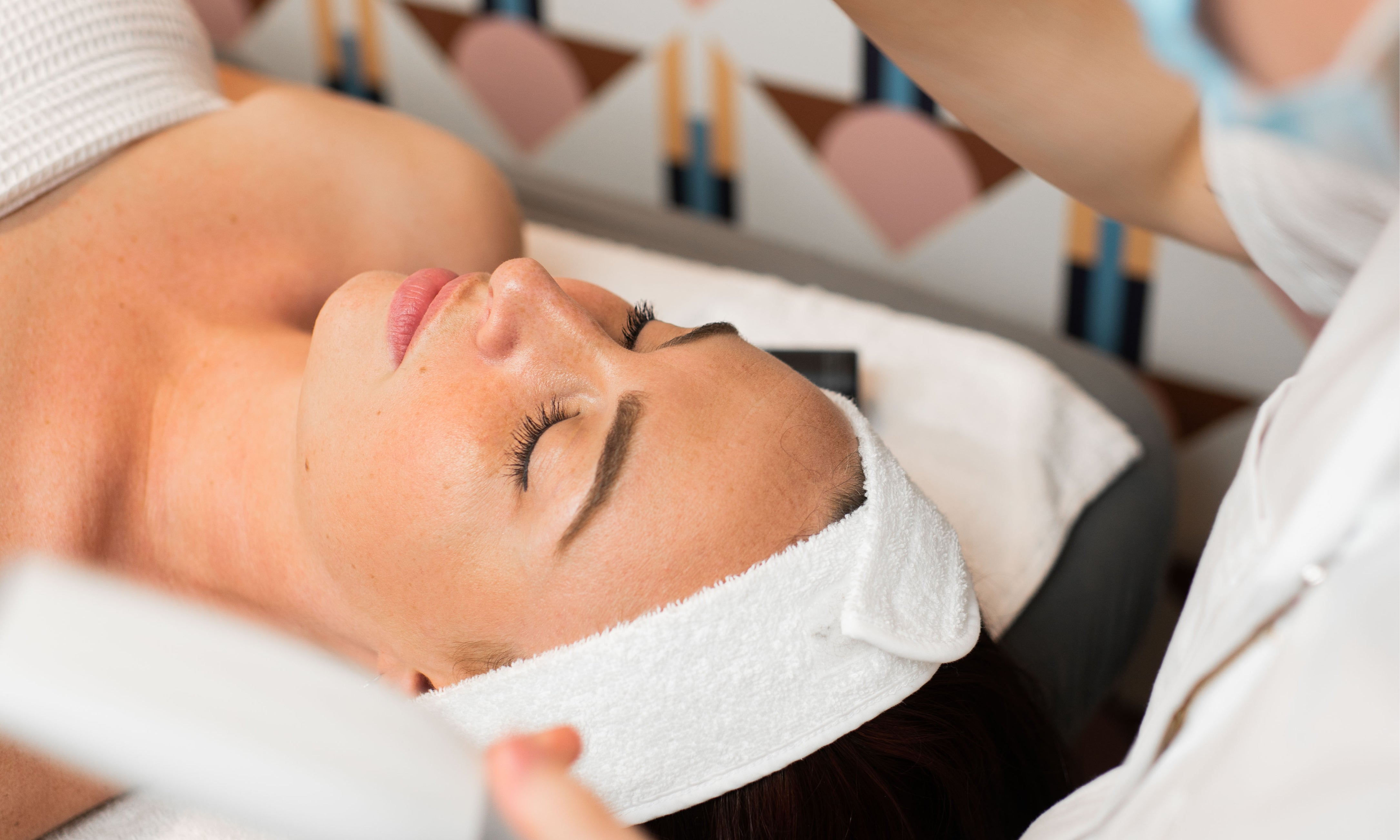
POST TREATMENT SKINCARE
Whether it be a facial, a peel, or a filler session, professional treatments are the absolute holy grail of skincare. However, a professional skincare treatment without proper aftercare will meddle with expected results or even complicate healing.
Since most procedures stimulate the skin’s auto-regulated repair through a controlled injury process, your skin will need extra TLC as it completes its healing. Below are a few of the most popular procedures and general guidelines for their post-treatment care, making sure you give your skin barrier the time and products it needs to properly repair.
BOTOX TREATMENTS
Botox is an injectable neurotoxin that temporarily reduces the look of wrinkles and expression lines by blocking nerve activity and paralyzing the muscle. Because the muscle can no longer contract, wrinkles and lines are “frozen”.
Post-treatment: You can resume your regular skincare routine the next day, making sure you avoid applying makeup for a few hours after the procedure.
FILLERS
Dermal fillers can be used for multiple things, including: smoothing out fine lines; enhancing and restoring volume to sunken cheeks or temples; plumping thin lips; and improving facial feature symmetry.
Post-treatment: Post-lip injections will require liberal amounts of lip balm. As for other areas, it is important to avoid makeup in order to keep the risk of infection to a minimum. Avoid using makeup sponges and brushes on the day of treatment as well. To reduce possible bruising or swelling, you can ice the injection area. And lastly, if you are wearing a face mask, make sure to pull out a new one post-treatment!
CHEMICAL PEELS
Acid-based peels accelerate the rate at which the skin naturally exfoliates by removing dead surface cells and stimulating collagen production. Because they “challenge” the skin in order to reveal a brighter layer underneath, you might notice your skin is a tad more sensitive than normal.
Post-treatment: Because redness, flaking, and dryness can occur, avoiding retinols, pure vitamin C, as well as glycolic and salicylic acids is recommended. Make sure to use a gentle cleanser (free of harsh fragrances or irritants) and continue to moisturize and apply your daily SPF. After your first week, you can ease into your previous routine using low-strength chemical exfoliants (like retinols and AHA/BHAs).
IPL
Intense Pulsed Light (IPL) uses light to counteract redness, broken capillaries, sun damage, and even acne by reaching different depths of the skin.
Post-treatment: The skin may look pink and feel slightly uncomfortable for a few hours, as each pulse of light feels like the snap of a rubber band. It is crucial to use a gentle cleanser and avoid all exfoliants for a few days, as the treated area heals on its own. As IPL is a non-ablative treatment, normal skincare can usually be continued. SPF is non-negotiable before any outdoor exposure to prevent post-inflammatory pigmentation (PIH).
MICRONEEDLING
Microneedling is a minimally invasive treatment that improves a variety of issues such as acne scars, enlarged pores, and sun-damaged skin. Tiny needles make small holes and safely “injure” the skin. As it heals, the skin barrier is strengthened and the surface of the skin is smoothed thanks to the production of new skin cells and boosted collagen.
Post-treatment: As expected, avoiding harsh ingredients (retinoids, glycolic or salicylic-containing products) is crucial for a few days until the skin has fully healed. Make sure to apply sunscreen anytime you go outside in the days following your treatment and not to apply makeup until 24 hours post-treatment has passed.
OVERALL…
Keep in mind that always washing your hands before touching your face and giving your skin a break from makeup in all cases is meant to avoid infection, irritation, or clogging of the pores post-treatment.
Since its protective barrier is weakened, the skin is left vulnerable. After your procedure, it is crucial to stay out of the sun for at least seven days post-treatment. Not only can it slow down the healing process, leaving you more inflamed and irritated than usual––but you are also more vulnerable to damage from the UV rays. Make sure to also avoid excess heat from hot showers, baths, saunas, etc.
And of course, while it’s important to simplify your skincare routine down to the basics (cleanser and moisturizer only)–SPF is imperative when you’ve just undergone a skin treatment. After about two weeks, your skin will heal and return to its natural state––where you’ll be able to enjoy your healthy, refreshed glow.
Until next time, take care of the skin you are in!
The BSE team

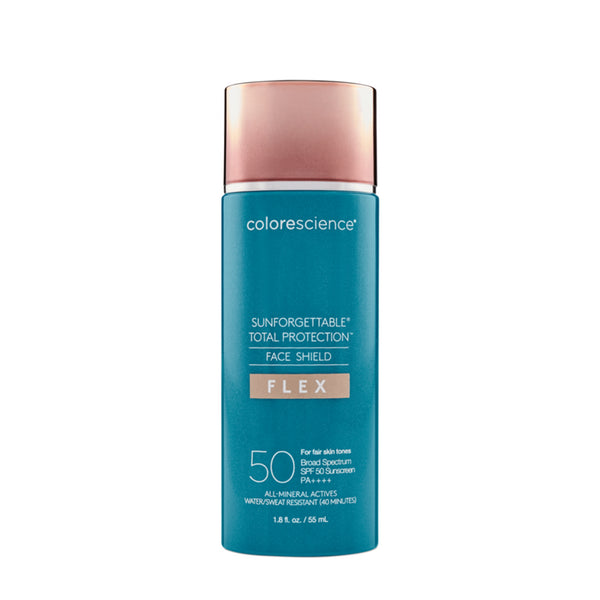
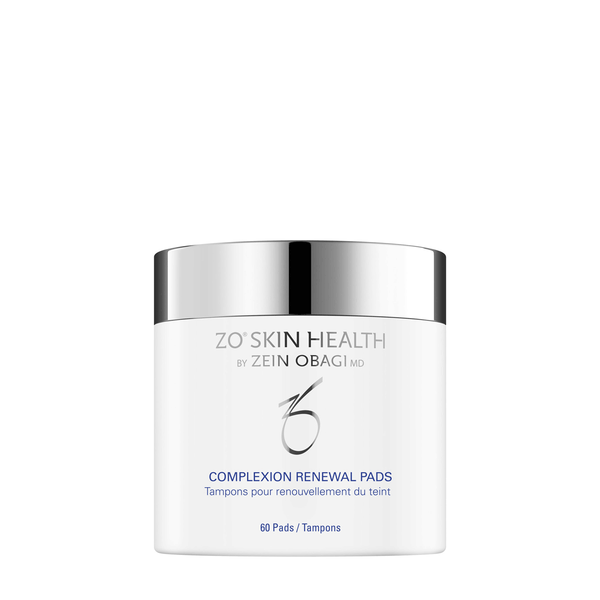
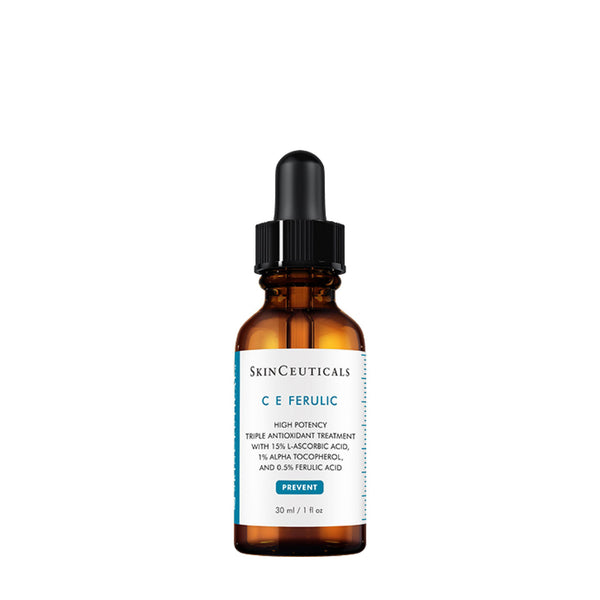
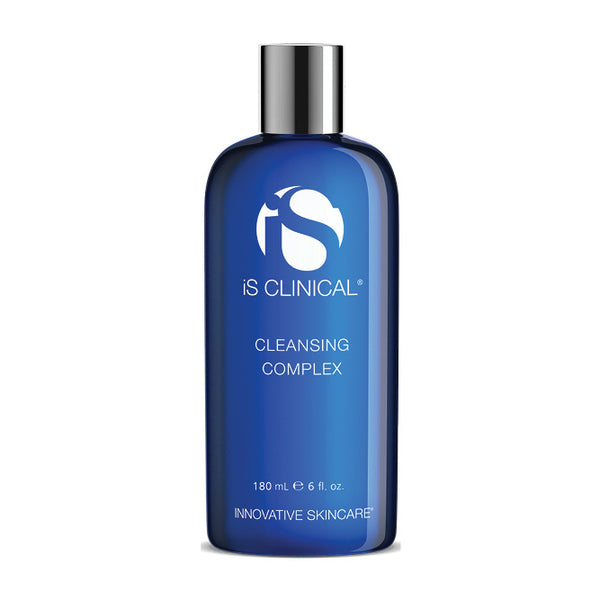
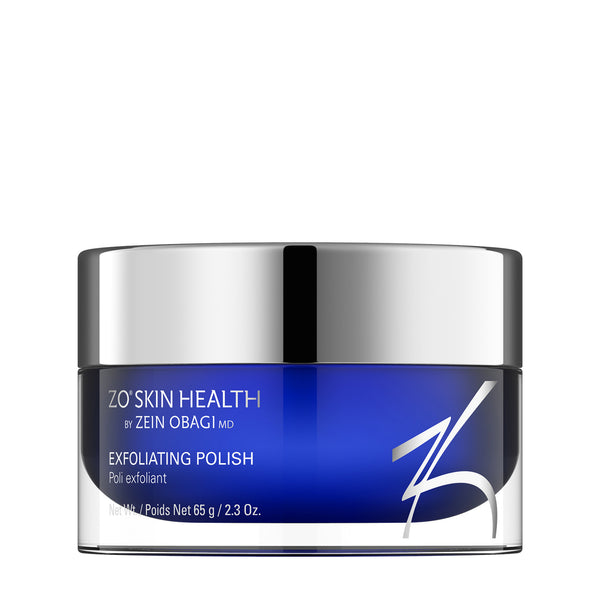
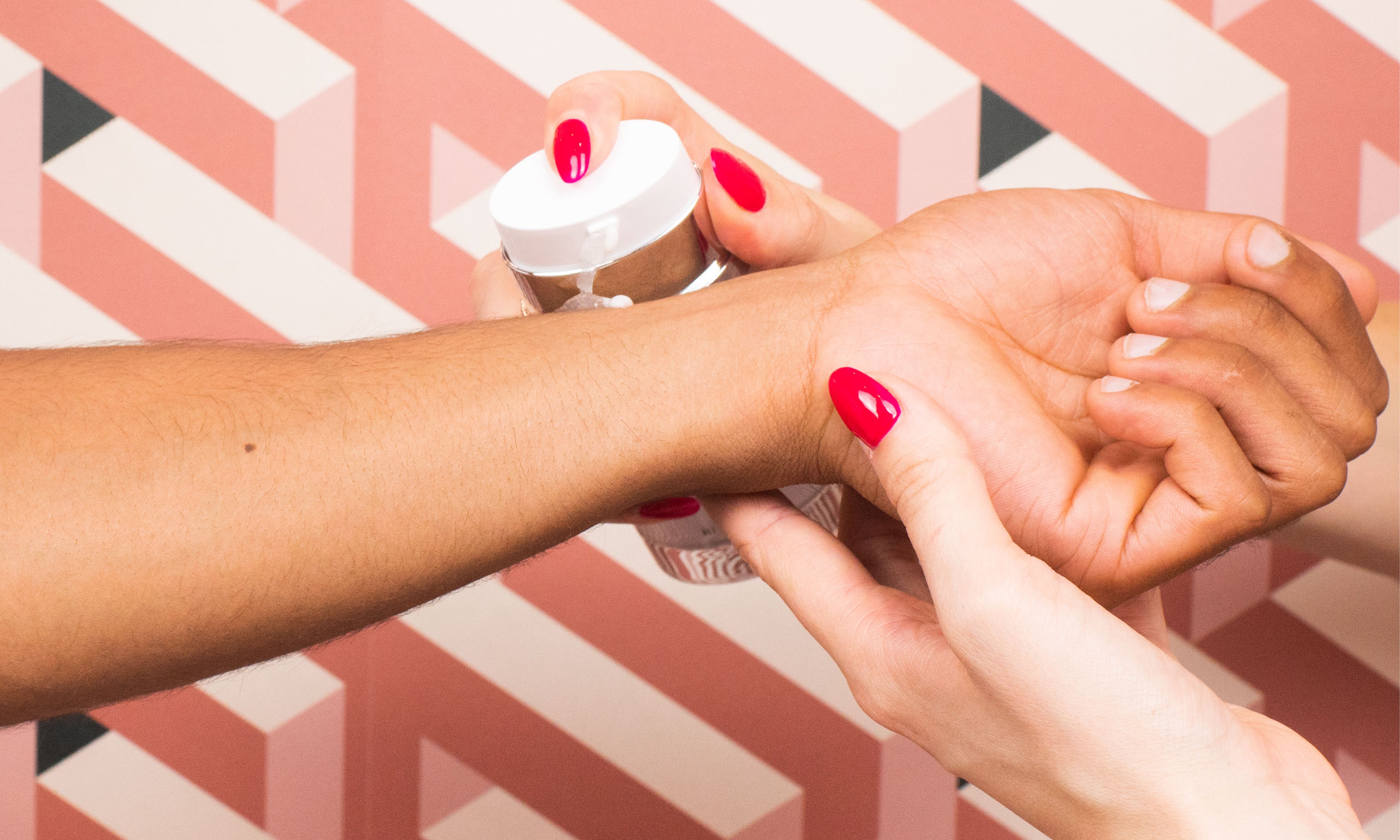
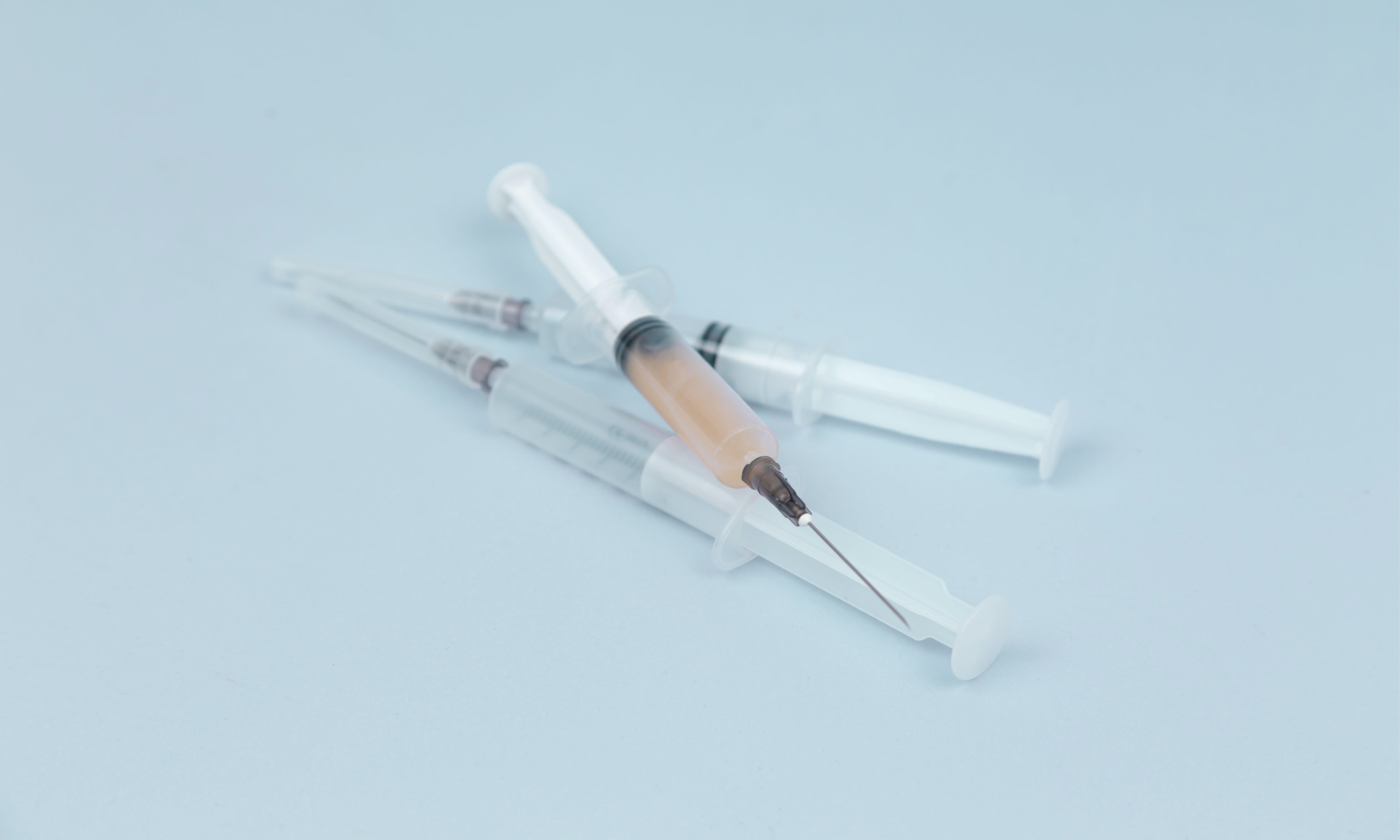



Leave a comment